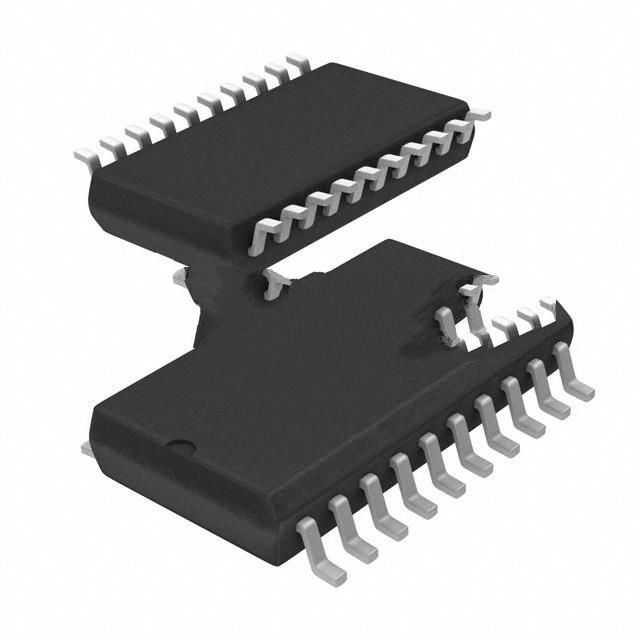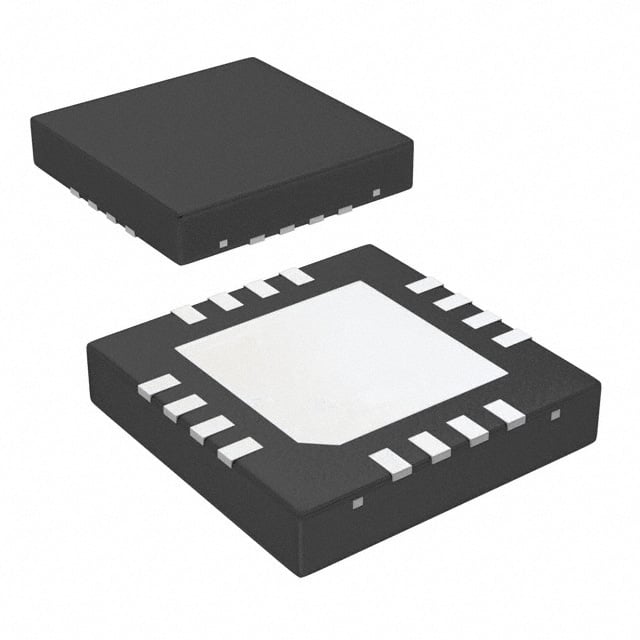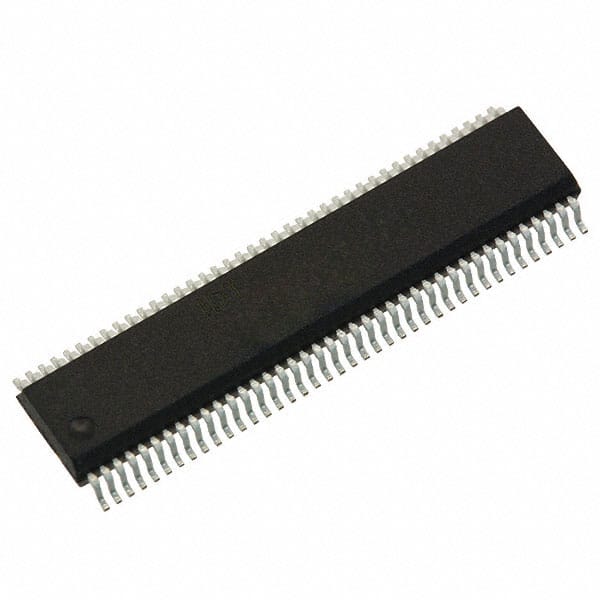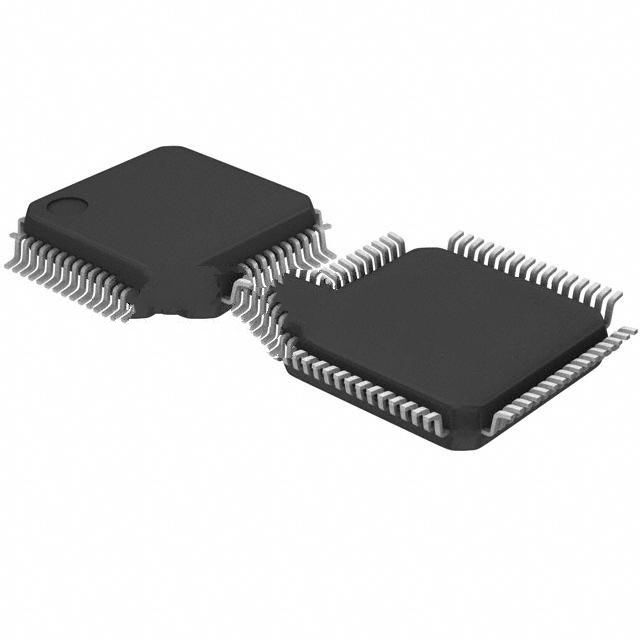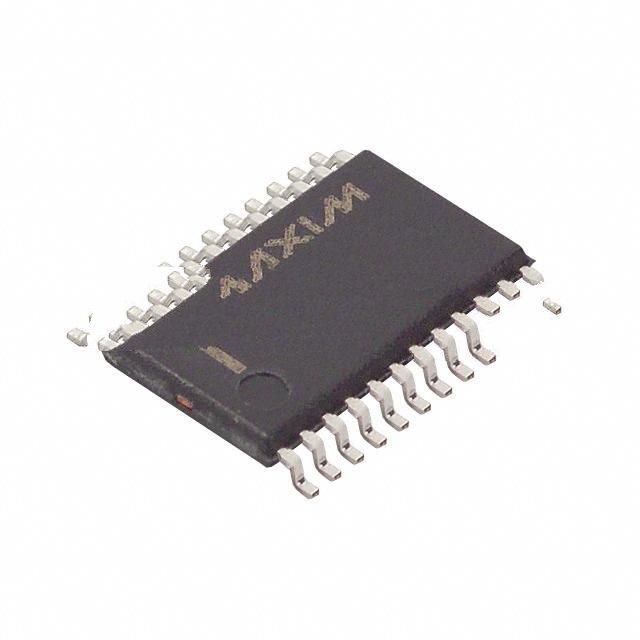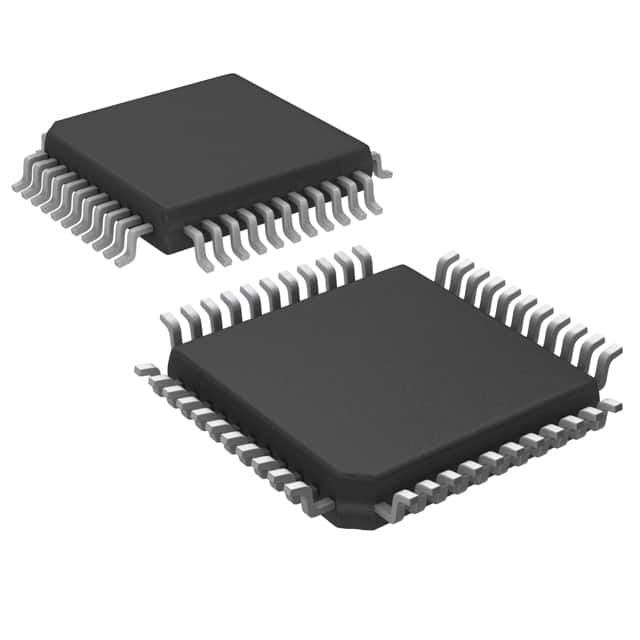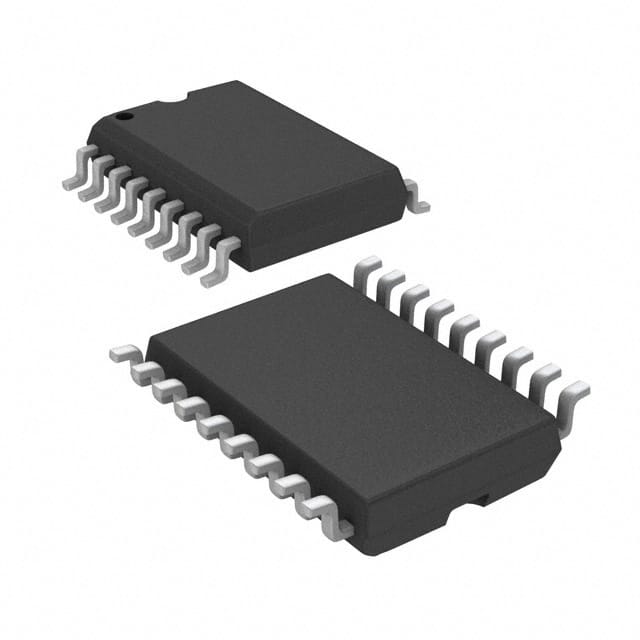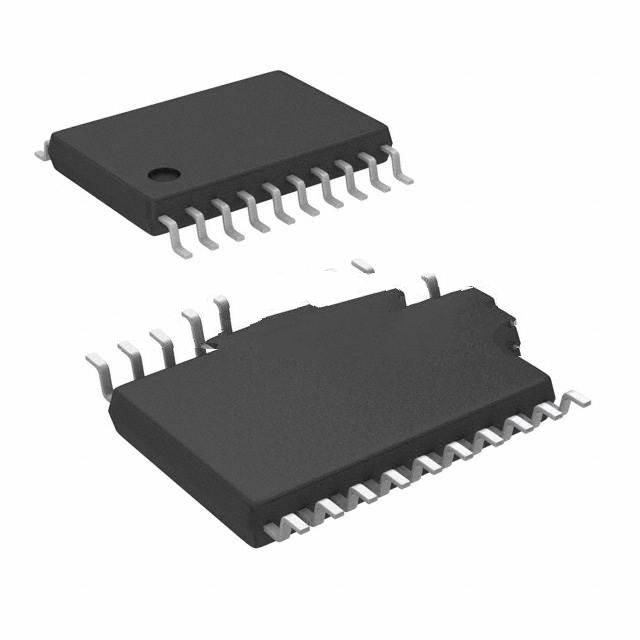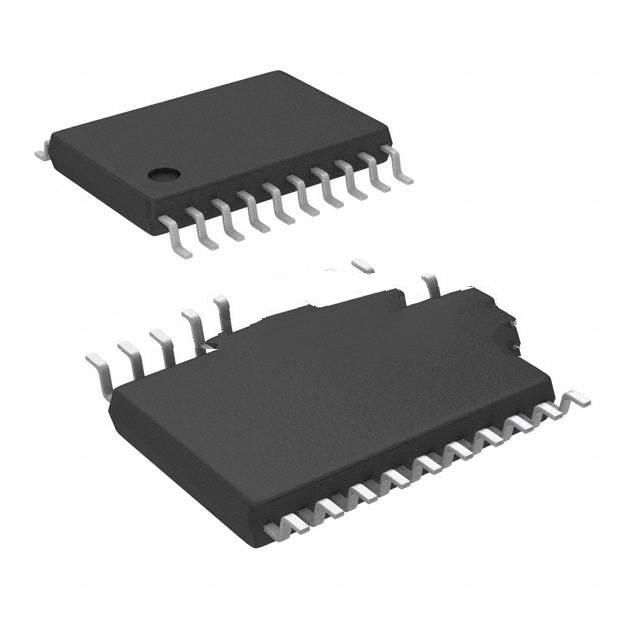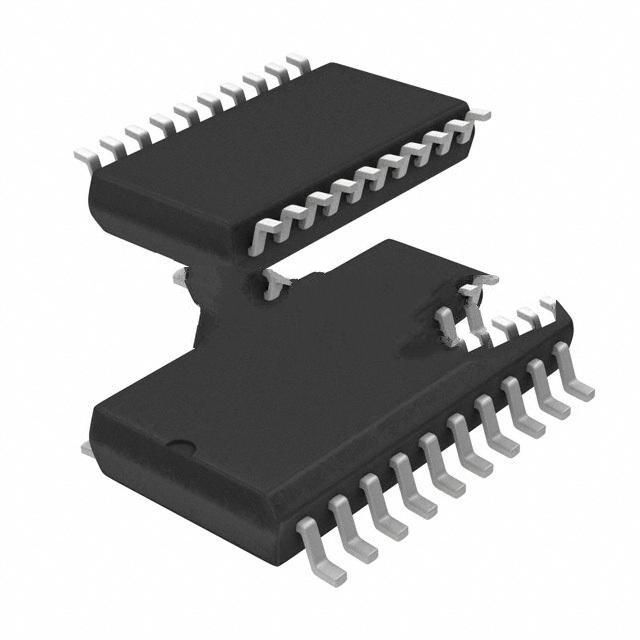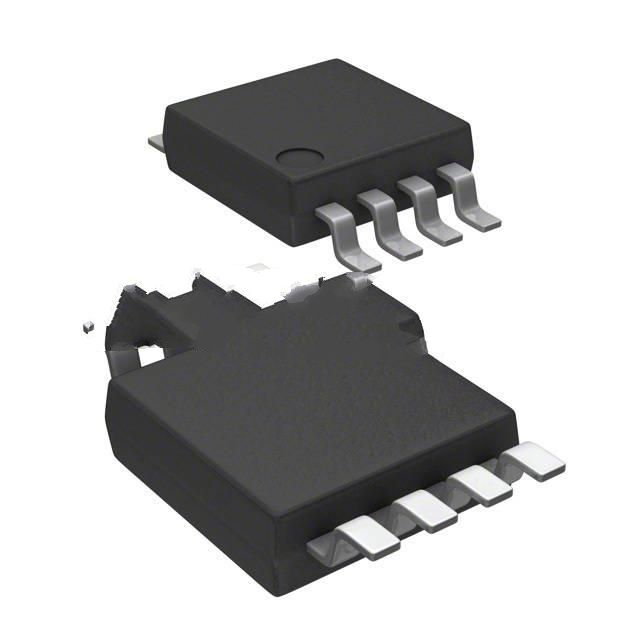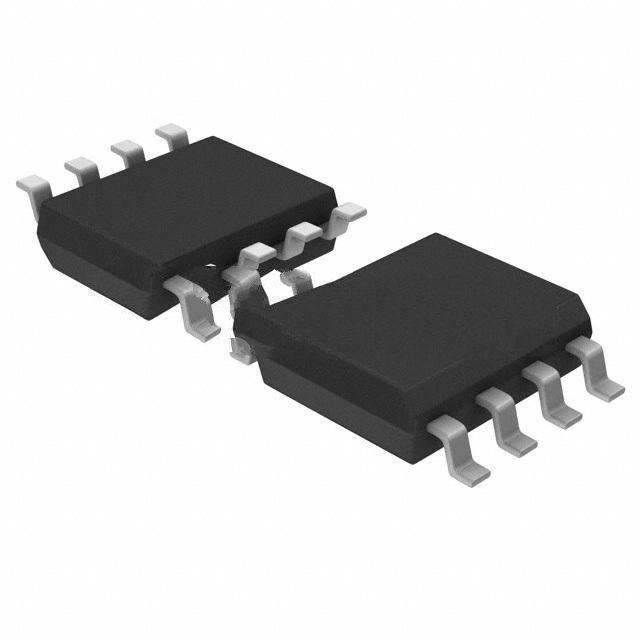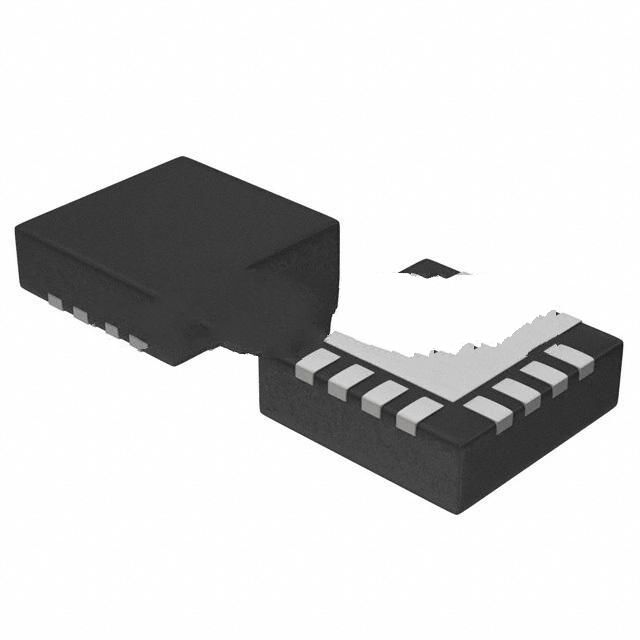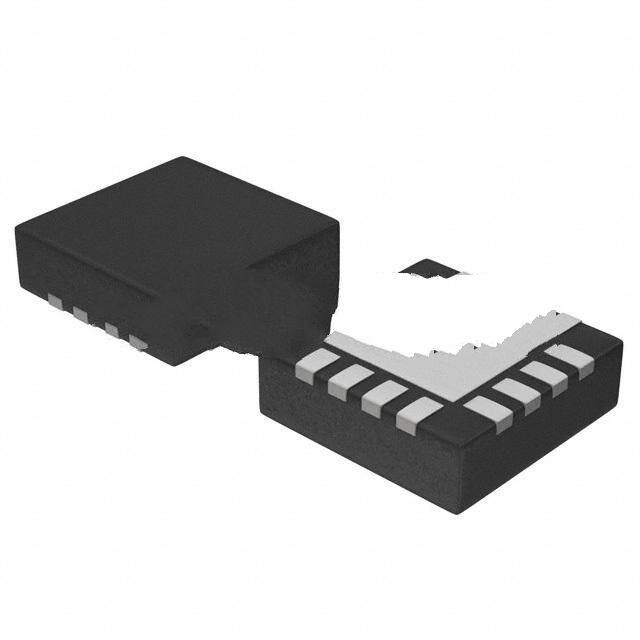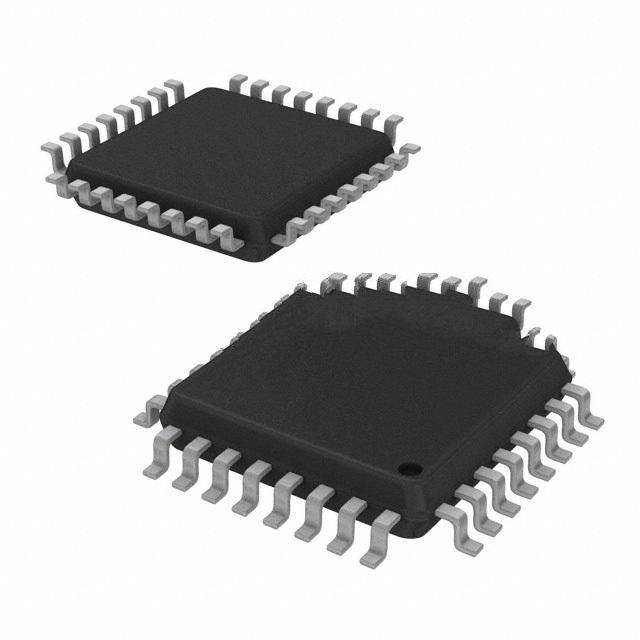MC100EP56DWR2G Product Introduction:
ON Semiconductor Part Number MC100EP56DWR2G(Logic - Signal Switches, Multiplexers, Decoders), developed and manufactured by ON Semiconductor, distributed globally by Jinftry. We distribute various electronic components from world-renowned brands and provide one-stop services, making us a trusted global electronic component distributor.
MC100EP56DWR2G is one of the part numbers distributed by Jinftry, and you can learn about its specifications/configurations, package/case, Datasheet, and other information here. Electronic components are affected by supply and demand, and prices fluctuate frequently. If you have a demand, please do not hesitate to send us an RFQ or email us immediately sales@jinftry.com Please inquire about the real-time unit price, Data Code, Lead time, payment terms, and any other information you would like to know. We will do our best to provide you with a quotation and reply as soon as possible.
Introducing the onsemi MC100EP56DWR2G, a versatile and high-performance differential receiver designed to meet the demanding requirements of modern electronic systems. With its advanced features and wide range of applications, this receiver is the perfect solution for engineers and designers seeking reliable and efficient signal processing.
The MC100EP56DWR2G boasts a differential input that allows for excellent noise rejection, ensuring accurate and reliable data transmission. It operates at a high-speed of up to 3.3 Gbps, making it ideal for high-speed data communication applications. Additionally, it offers a wide common-mode input voltage range, enabling compatibility with various signal levels.
This receiver also features a differential output with adjustable output voltage levels, providing flexibility in interfacing with different devices. Its low power consumption and small form factor make it suitable for space-constrained applications, while its robust design ensures long-term reliability.
The MC100EP56DWR2G finds applications in a wide range of fields, including telecommunications, data centers, industrial automation, and high-speed computing. It can be used in data transmission systems, clock and data recovery circuits, and high-speed serial interfaces. Its versatility and high-performance characteristics make it an essential component in modern electronic systems.
In conclusion, the onsemi MC100EP56DWR2G is a reliable and efficient differential receiver that offers advanced features and wide application fields. With its high-speed operation, excellent noise rejection, and adjustable output voltage levels, it is the perfect choice for engineers and designers looking to enhance the performance of their electronic systems.
Signal Switches, Multiplexers, Decoders are all logic electronic devices that act on signal control and transmission. The signal switch usually consists of an input port, a control port and an output port, and the design principle is based on the switching characteristics of transistors or Fets. When the control signal meets certain conditions, the signal switch allows the signal to be transferred from the input port to the output port; Otherwise, the signal transmission is blocked. A multiplexer is an integrated circuit that can select and output one of multiple input signals onto a single output line. The multiplexer contains a selection control input and multiple data inputs, as well as an output. The design principle is based on a combination of logic gate circuits, which determines which data input is selected and transmitted to the output by selecting different states of the control input. A decoder is an electronic device that converts an encoded input signal into a set of output signals, each of which corresponds to a specific state of the input signal. The decoder usually consists of an input port, multiple output ports, and (optionally) an enable port. Design principle, the decoder contains a series of logic gate circuits, through the combination of logic to achieve the input to output mapping relationship.
Application
Signal Switches, Multiplexers, Decoders all play a key role in a variety of electronic devices. In the communication system, the signal switch is used to realize the switching and routing of the signal to ensure the correct transmission of the signal. In the field of automation control, signal switches are used to control the start, stop and state transition of equipment. Multiplexers are widely used in the field of communication and data transmission, such as Time division multiplexing (TDM) and frequency division multiplexing (FDM) systems. Multiplexers can combine multiple low-speed signals into one high-speed signal for transmission, improving channel utilization. In addition, the multiplexer is also widely used in computer bus, network interface card (NIC) and other occasions to achieve effective data transmission and distribution. Decoders play an important role in computer systems and embedded systems. In the computer, the decoder is used to convert the address signal sent by the CPU into the control signal of the corresponding storage unit or peripheral to realize the read and write operation of data. In embedded systems, decoders are used for address decoding, function selection, etc., to ensure that the system can correctly execute instructions and respond to external events. In addition, the decoder is also widely used in digital display, LED driver and other occasions to achieve signal to display conversion.
FAQ about Logic - Signal Switches, Multiplexers, Decoders
-
1. What are multiplexers in digital systems?
Multiplexers in digital systems use digital control signals to determine which input should be selected and passed to the output. This selection is usually based on the state of a set of binary select lines.
-
2. What are the advantages of a multiplexer?
Save communication resources
Improve bandwidth utilization
Reduce hardware complexity
-
3. What are the advantages of decoders?
Simplifies interface design
Supports multiple input formats
Can implement multifunctional logic
Helps improve system flexibility and efficiency
 Lead free / RoHS Compliant
Lead free / RoHS Compliant



